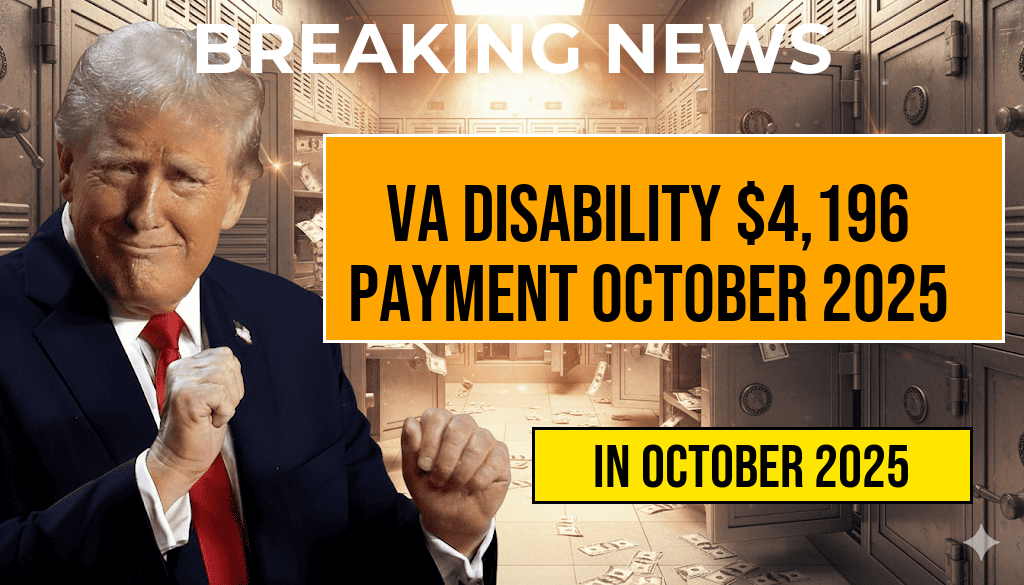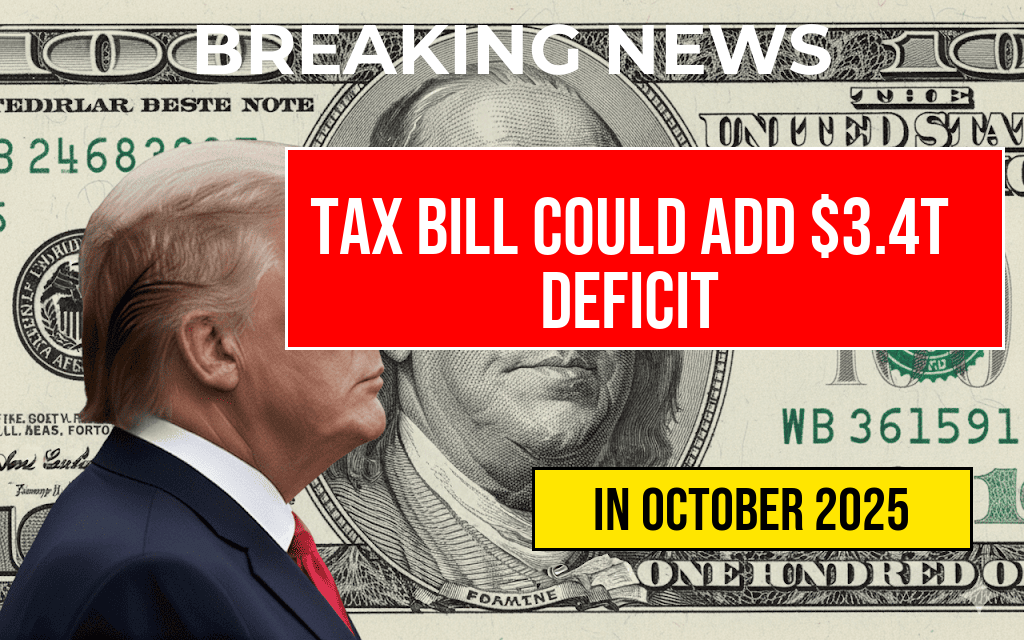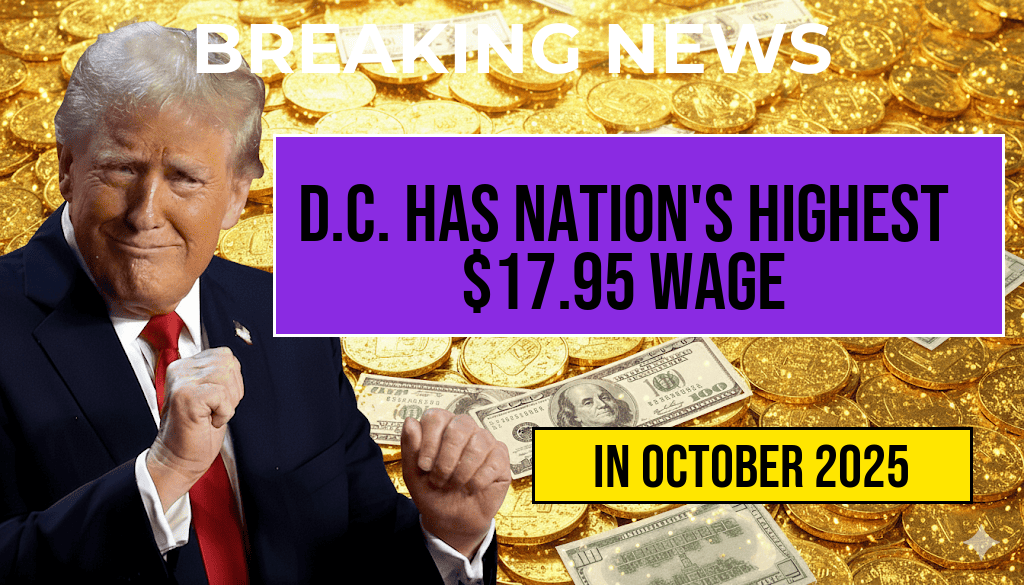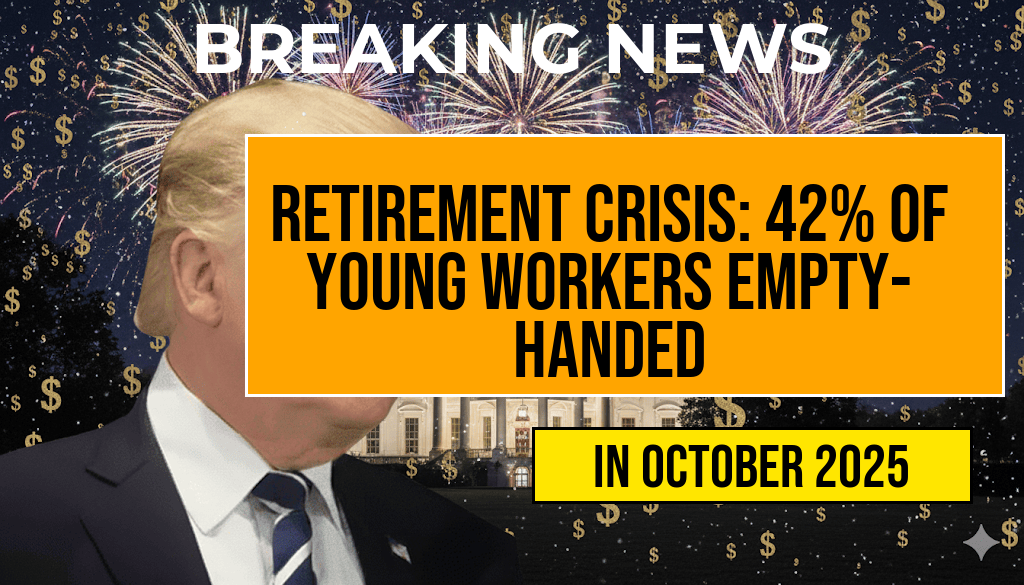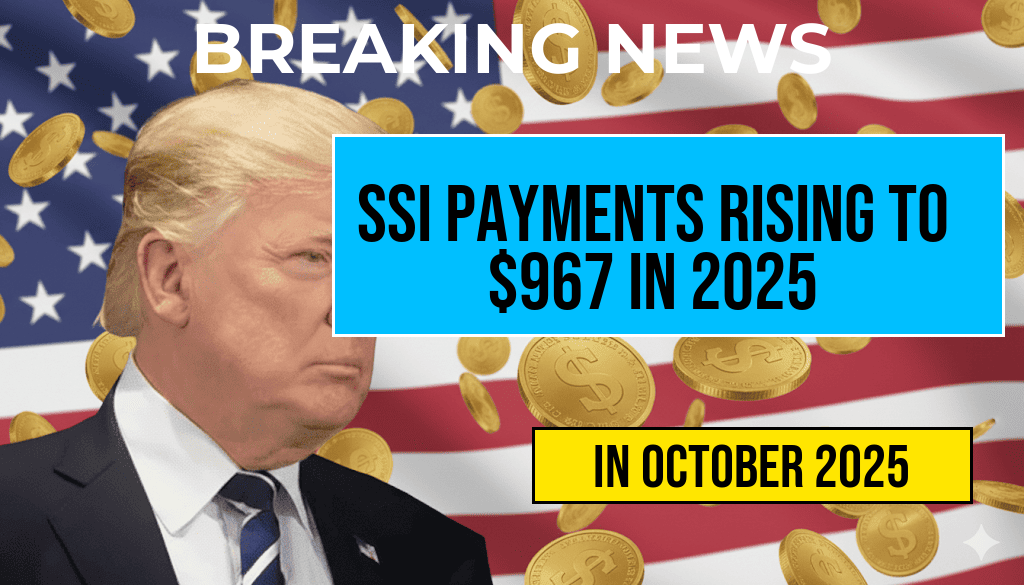Washington D.C. has established itself as the city with the highest minimum wage in the United States, setting the bar at $17.95 per hour. This figure surpasses the national average and reflects the city’s ongoing efforts to address income inequality and bolster economic stability for low-wage workers. The increase, which took effect at the start of 2024, is part of a broader city initiative aimed at gradually raising wages in line with the rising cost of living in the nation’s capital. As urban centers continue to grapple with inflationary pressures and housing affordability challenges, D.C.’s policy positions itself as a model for progressive wage legislation. The move also sparks discussions across the country about the impacts of higher minimum wages on employment, business operations, and economic growth. Experts suggest that D.C.’s approach could influence other jurisdictions considering similar measures to improve workers’ livelihoods.
Background on Washington D.C.’s Minimum Wage Policies
Washington D.C. has a history of progressively increasing its minimum wage, guided by a commitment to ensuring that full-time workers can afford basic living expenses. The city’s minimum wage has been rising steadily over the past decade, with the current rate of $17.95 per hour marking a significant milestone. This rate is part of a multi-year plan to reach a targeted wage of $20 per hour by 2026, reflecting the city’s dedication to combating poverty and supporting economic mobility.
Legislative Timeline and Key Milestones
| Year | Minimum Wage |
|---|---|
| 2015 | $10.50 |
| 2018 | $12.50 |
| 2021 | $15.00 |
| 2024 | $17.95 |
In 2019, voters approved a ballot measure to gradually increase the minimum wage, with scheduled increases planned through 2026. The city council has also implemented policies to ensure that the wage hikes keep pace with inflation and economic growth.
Economic and Social Impacts
The decision to set the minimum wage at $17.95 has generated mixed reactions among stakeholders. Advocates argue that higher wages improve workers’ quality of life, reduce reliance on public assistance, and stimulate local economic activity. Data from labor economists suggests that modest wage increases can lead to increased consumer spending, which benefits small businesses and the local economy.
Potential Benefits
- Improved standard of living: Workers earning the new minimum wage can better afford housing, healthcare, and education.
- Reduced poverty levels: Higher wages can lead to a decline in poverty rates among low-income households.
- Economic stimulation: Increased disposable income can boost demand for goods and services.
Challenges and Concerns
- Business impacts: Small businesses express concerns about increased labor costs, which could lead to reduced hiring or increased prices.
- Employment effects: Some studies indicate that rapid wage hikes may result in job losses or shifts in employment patterns.
- Inflationary pressures: Critics warn that higher wages could contribute to inflation, affecting overall economic stability.
Broader Context in the U.S. Labor Market
Washington D.C.’s minimum wage surpasses those of other major cities like Seattle, San Francisco, and New York City, which have also adopted higher wage standards in recent years. The national average minimum wage remains significantly lower, around $7.25 per hour, due to the federal minimum set by Congress. Several states and localities are debating or implementing their own increases, reflecting a shift toward regional wage policies driven by local economic conditions and cost of living.
Comparative Overview of Major Cities
| City | Minimum Wage | Effective Year |
|---|---|---|
| Washington D.C. | $17.95 | 2024 |
| Seattle | $16.78 | 2023 |
| San Francisco | $16.99 | 2023 |
| New York City | $15.00 | 2024 |
While D.C. leads with the highest minimum wage, ongoing debates highlight the balance between supporting workers and maintaining economic competitiveness. Policymakers continue to monitor the impacts of these wage strategies, adjusting policies as needed to foster sustainable growth.
Looking Ahead
As Washington D.C. progresses toward its wage goals, the city’s approach may serve as a blueprint for other jurisdictions considering similar measures. The evolving landscape of minimum wage policies underscores the importance of carefully weighing economic benefits against potential drawbacks. Stakeholders, including labor advocates, business leaders, and policymakers, will closely watch how these changes influence both the local economy and the national conversation on fair wages. For further insights on wage trends and economic policies, resources such as Wikipedia’s overview of minimum wage and Forbes’ labor market coverage offer comprehensive context.
Frequently Asked Questions
What is the current minimum wage in Washington D.C.?
The current minimum wage in Washington D.C. is set at $17.95 per hour, making it the highest in the nation.
How does Washington D.C.’s minimum wage compare to other states?
Washington D.C. leads the country with the highest minimum wage, surpassing other states that have lower wage rates, reflecting its commitment to livable wages.
When did Washington D.C. implement the current minimum wage?
The current minimum wage of $17.95 per hour was established through recent legislation aimed at increasing wages for workers in the district.
Who is affected by the minimum wage increase in Washington D.C.?
The minimum wage affects hourly workers across various sectors in Washington D.C., including retail, hospitality, and service industries, ensuring fair compensation for their labor.
Are there plans to increase the minimum wage further in Washington D.C.?
Future wage adjustments are under consideration in Washington D.C., with policymakers evaluating economic conditions and cost of living to determine potential increases.


